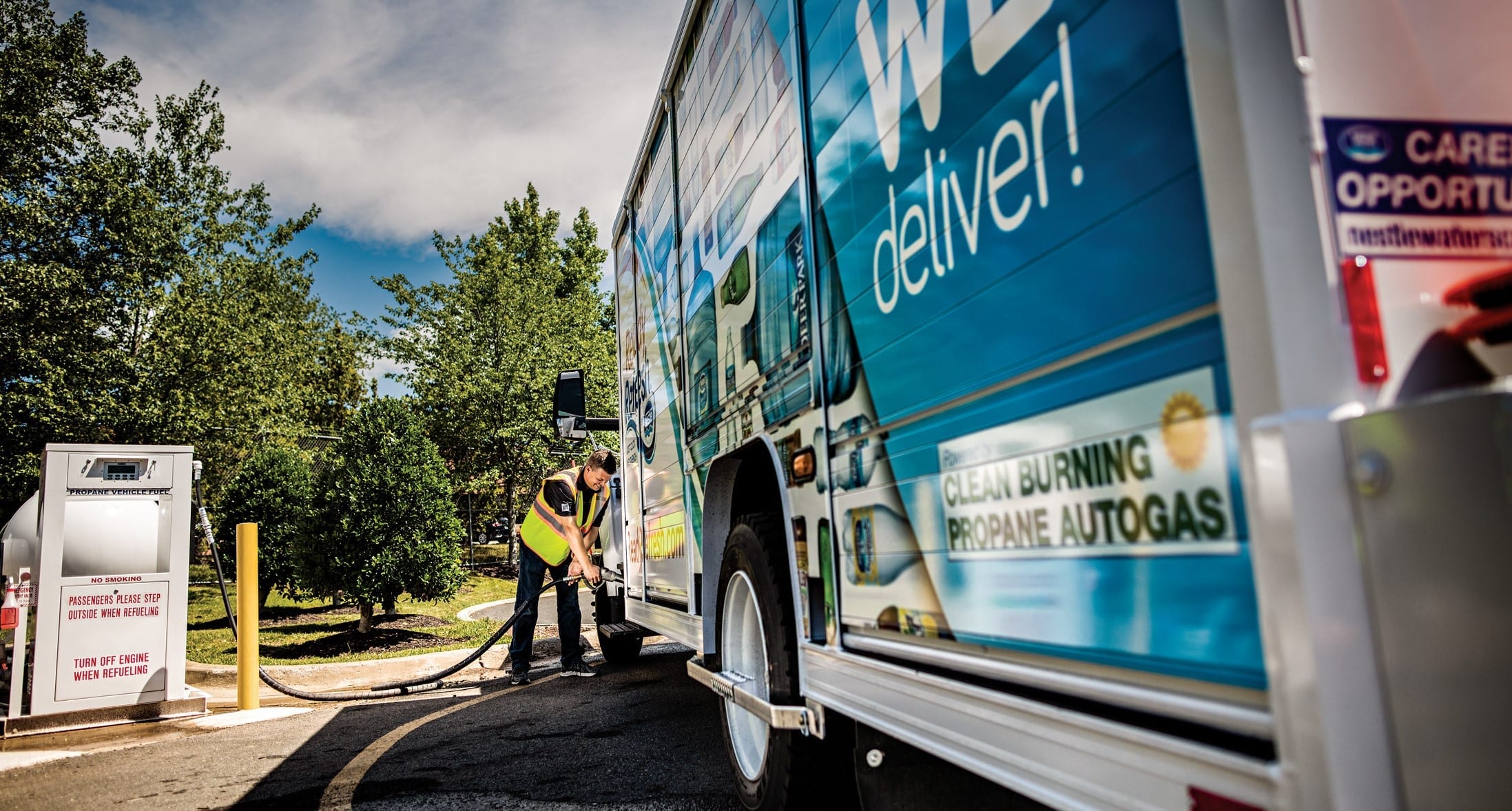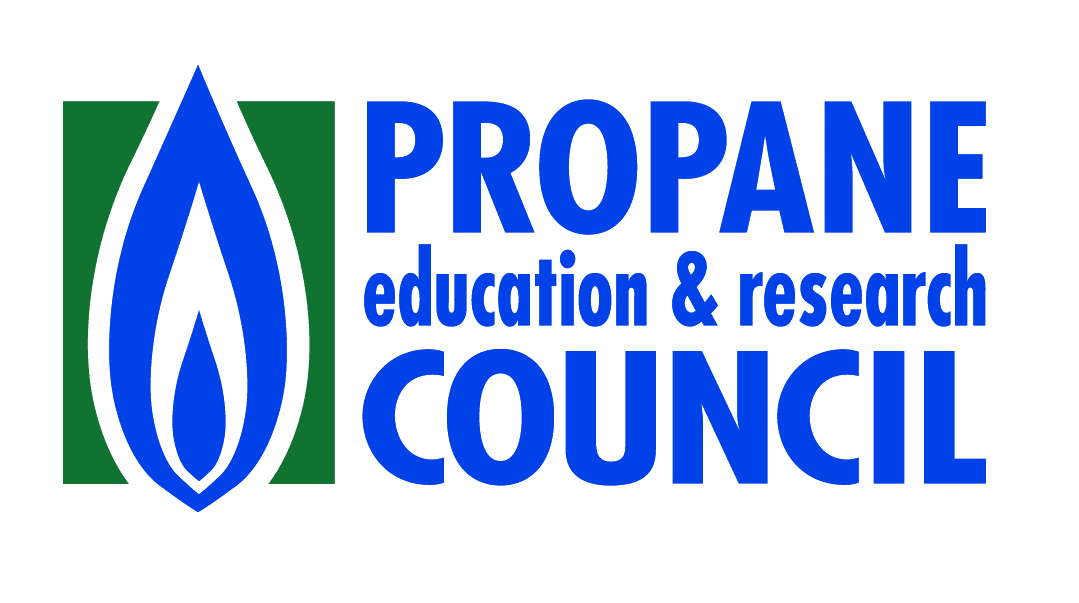As we say goodbye to 2020 and welcome in what will hopefully be a healthy and prosperous 2021, it’s giving us all time to reflect on the year behind and the new year ahead. While 2020 brought challenges many of us had never imagined, the resiliency of the automotive fuel industry shone through, including for propane autogas. That resiliency continues to act as a beacon for 2021.
In both the year behind and the year ahead, propane autogas has been, and will continue to be, the energy source for fleets looking to reduce their operating costs and lower their emissions without compromising on performance, reliability, or range.
Propane autogas is an energy source for fleets looking to reduce operating costs and lower emissions.
The Year Behind
In 2020, as in many previous years, the Propane Council continued to see growing numbers of new users trying propane autogas for the first time in their fleets. Perhaps more encouraging, we continued to see the majority of these users becoming repeat adopters. Once a fleet director adopts one vehicle and begins to realize all the benefits, they want to transition more vehicles to propane autogas to maximize those benefits. We expect this trend to continue.
Also for the first time ever, more than 21,000 propane autogas buses were at the ready in public and private school districts across the U.S. That’s a 10% increase from 2019 vehicle numbers, and it’s also the first full school year with these buses in use by more than 1,000 school districts or contractors. The data, compiled from IHS Polk new vehicle registration figures, shows since 2012 there’s been a 960% growth in the number of propane school buses on the road in the U.S., marking a strong eight-year stretch in the school transportation market. The buses transport more than 1.23 million students in 48 states, and 14 states now have more than 500 propane buses within their borders.
Since 2012 there has been a 960% growth in the number of propane school buses on U.S. roads.
The Year Ahead
Looking to the year ahead, and well beyond, there is much to look forward to in our industry.
First, we’re expecting to see even more school districts adopt propane school buses as part of a growing trend. Last year, several transportation directors and school board members across the country weighed options between propane and electric. Districts that prioritize student health and the environment, and do their homework on fuel options, continue to select propane as their energy source. Directors noted that it is an affordable, reliable, and clean energy source that’s available today and will last well into the future.
In 2021, we expect this trend to grow, especially as many fleets continue to work through potential budget shortages due to COVID. As transportation directors continue to work through COVID challenges, propane is an affordable option to keep fleets running.
Outside of the school bus market, we also expect to see growth in several vocational fleets including package and parcel delivery, food and beverage delivery, and paratransit. Propane is a great option for vocational fleets with medium-duty, Class 3-7 vehicles that run consistent regional routes and have high volume fuel consumption between 300-900 gallons per month. These vehicles are responsible for a large amount of the emissions being produced every day. By adopting propane vehicles, Class 3-7 fleets can greatly reduce overall emissions in their communities.
Renewable propane will be an important factor in the future of the transportation industry.
Renewable Propane will be Important
Finally, we expect to see recent innovations shine. Renewable propane will be an important factor in the future for the transportation industry. It is a byproduct of the renewable diesel and jet fuel production process, which converts plant and vegetable oils, waste greases, and animal fat into fuel. Renewable propane has the same chemical structure and physical properties as conventional propane and can be used in any existing propane engine. Because it’s produced from renewable, raw materials, it has an even lower carbon intensity than conventional propane and is far cleaner than other energy sources. Renewable propane is already available in states that have implemented stricter low carbon standards. In fact, several U-Haul locations in Southern California and propane suppliers along the West Coast are supplying renewable propane to commercial and school bus fleets.
The U.S. Department of Energy also recently funded six propane-related projects totaling more than $9 million. The projects include improved efficiency of medium- and heavy-duty engines, technology integrations, and adoptions in new markets. As engine fuels continue to aggressively move to zero emissions, we expect these new innovations to continue to propel propane as a leader down the path.
While it’s tempting to want to put 2020 to bed, there’s still much to learn from how the automotive fuel industry has adapted and persevered. Those lessons will carry us all into 2021. To learn more about propane autogas, visit Propane.com/Fleet-Vehicles.



